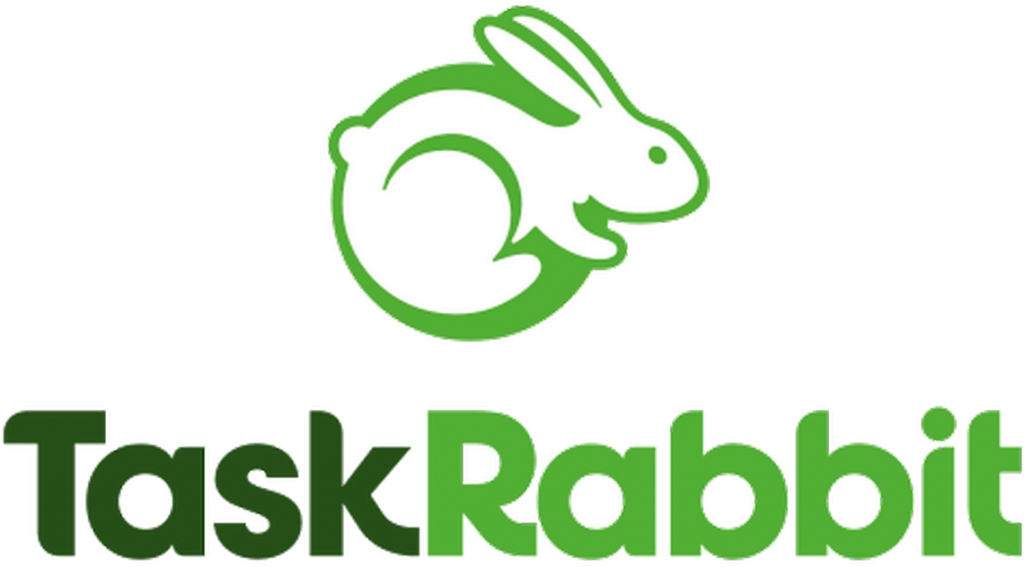TaskRabbit: how weak network effects prevent companies to scale

TaskRabbit is an online and mobile marketplace that matches freelance labor with local demand, allowing consumers to find immediate help with everyday tasks, including cleaning, moving, delivery and handyman work.
TaskRabbit is an online and mobile marketplace founded in 2008 that matches freelance labor with local demand, allowing consumers to find immediate help with everyday tasks, including cleaning, moving, delivery and handyman work. At present, TaskRabbit is available in around 45 cities across the United States, Canada and Britain. It has about 60 employees, but over 60,000 independent workers use its platform.
The initial business model was an auction-based marketplace but when it grew it became not sustainable. The company mimicked the other platform business models by just charging a simple fee which has changed over the years. Today TaskRabbit takes 15 percent from every completed job from the person paying for the job and charges a 7.5 percent Trust & Support fee to the same side of the platform.
The value that the platform provides to both sides it’s not only the search filter and initial matching. It has an integrated message service that takes care of the communication. It handles the scheduling using its internal calendar tool. To increase security the taskers are curated, they have undergone background checks before being accepted to the platform. On the top of that there is a rating system and number of tasks done with the percentage of positive reviews. If a tasker breaches any contract term the account is paused. There is a 24 hours cancelation policy and the security that the company will handle any disputes. Finally, the platform has a build in payment system which insures safe transactions.
TaskRabbit over the years has moved from on-demand to real-time. This way the customers can get everyday chores done immediately. They offer Instant Matching where the buyer gets matched with a tasker in under 5 minutes. The platform provides Estimated Arrival Times via an algorithm that combines historical data and real-time data.
TaskRabbit was Acquired by IKEA on Sep 28, 2017 suspected for less than $100M. The purchase of TaskRabbit was fueled by Ikea’s need to further bolster its digital customer service capabilities to better compete with rivals likes Amazon, which has stepped up its home goods and installation offerings. The purchase is Ikea’s first step into the on-demand platform space. Immediately after the buy IKEA launches a furniture assembly service from TaskRabbit.
As a two-sided platform TaskRabbit exhibits cross side network effects. The more taskers are in the platform the more people will look to find a handy man there. The more people are willing to hire a helper from the platform, the more taskers would want to sign up there. TaskRabbit does not exhibit same side network effects, on the opposite if there are too many taskers some of them might not get any jobs or if they are too many people wanting helpers some of them might not find any tasker.
Unfortunately, though the network effects are not that strong due to several reasons. The biggest drawback to sustainability of these type of monetization is disintermediation. Once I have found someone that does the job well, I could text them directly and save the percentage that I have to pay to TaskRabbit. The company provides insurance and protects you from breaches to increase stickiness and prevent disintermediation, but it is not enough to deter customers and taskers from doing it.
The second problem is that the platform has network clusters isolated in different areas. If I live in San Francisco I am not interested in taskers in Boston and vice versa. This limits the scaling issue significantly. To enter a new city/country the company need to start everything from almost scratch.
Thirdly, TaskRabbit is prone to multihoming which makes them just an option for any customer among several other options they have. Cost of switching is zero since customers can use multiple websites to hire handy man based on criteria such as which one has the most people or cheapest service. Multi-homing makes the market easily fragmentable and there is no winner take all so each of the companies has a hard time scaling and sustaining itself from competitors and new entrants.
Lastly TaskRabbit has built communication, scheduling and payments internally providing a seamless experience. But on the other side has not created any network bridging to take advantage of the audience of scheduling platforms such as Outlook or payments such as Venmo. This is a missed opportunity to scale. Getting bought by IKEA is a great decision since it is a great fit with their business model and provided the perfect network bridging. TaskRabbit was struggling to scale in its 10-year life and now they can use the vast network of IKEA to be present all around the world.
https://yalantis.com/blog/how-to-build-an-app-like-taskrabbit/
https://vator.tv/news/2018-07-20-how-does-taskrabbit-make-money
http://www.siliconbeat.com/2014/06/17/taskrabbit-reboots-with-new-business-model/
https://www.vox.com/2017/9/28/16377528/ikea-acquisition-taskrabbit-shopping-home-contract-labor
https://techcrunch.com/2018/03/13/ikea-u-s-launches-a-furniture-assembly-service-from-taskrabbit/




